… for those who can’t see it in person, a few images of YORK, installed at Alternator Centre for Contemporary Art.
More to follow, as we wade through our photos, and receive more exhibition documentation from others.
… for those who can’t see it in person, a few images of YORK, installed at Alternator Centre for Contemporary Art.
More to follow, as we wade through our photos, and receive more exhibition documentation from others.
The Alternator Centre for Contemporary Art has commissioned an essay to accompany YORK.
You can find the essay on the Alternator’s website.

Thanks to Katarina Trapara for her insights!

We are very happy and excited to be bringing YORK to Alternator Centre for Contemporary Art in Kelowna, BC!
In addition to the gallery exhibition, we will be presenting YORK:fragments – a brand new video work – as offsite programming.
The Opening Reception will be Friday March 11 – starting at 7pm.
Hope you can join us!
 Wanted to share this post I wrote a little while back over on my personal web site:
Wanted to share this post I wrote a little while back over on my personal web site:
Source: (at least) two cities
It’s as good a time as any in the year – a day many devote to the idea of love – to take a minute to stop and think about what kind of community we want, and what we can each do to help make that happen, no matter how small that contribution may be.
Here’s to showing some openness and kindness – and love – to all our neighbours in YEG, every day of the year.
A lovely series of postcards and images of Edmonton over the years, as found in the Peel Collection at the University of Alberta – click on the image for the link:

Jasper Avenue looking west, about 1930
Photo: Peel’s Prairie Provinces, a digital initiative of the University of Alberta Libraries
As much as I love these images, they also make me sad.
We have lost so much of the fabric of this place – it is a young, dynamic city still – but increasingly homogeneous, bland, faceless, characterless.
And with those incremental losses of the built history of this city, we lose the personality, and sense of place and identity, that will continue to make this city (ANY city) a place people frame as their home – their neighbourhood – the place they belong.
Source: LostYEG blog, Boyle Street – McCauley
…some fabulous detail of what Boyle Street used to be like …
I feel fortunate to have come across Matthew Dance’s blog very recently, thanks to mention in a roundup in Karen Unland’s blog seenandheardyeg.
Dance does a great job of sifting through a mass of development data – in this case, development permits – to provide a graphic summary of what is going on in the central neighbourhoods of this city.
This is the graphed and plotted reality on the streets: building, development, money changing hands, people moving and being moved … change everywhere, and not all of it for the better.
And Dance notes in an earlier post on the notion of gentrification:
Questions of gentrification are important as they highlight power shifts at a variety of spatial scales; from small public spaces to neighborhoods and cities. As urban land use changes (the development and naming of ‘Ice District’, The Quarters, infill housing) those without a voice can haver their communities dismantled, impacting individuals by putting them out of home, and requiring them to move from their social networks and communities of support. It is not just the questions that are important, but also but how we frame and attempt answer them.
This process also raises questions (in my mind at least) regarding the dramatic, almost violent scope of these changes in some areas. The construction blitz that hit the Boyle Street neighbourhood over the last couple of years has rendered swaths of the area virtually impassable for months on end. Hardly a method of working that reveals any sort of consideration or sensitivity toward those people actually living there … and especially not for those who call the area home, but may not have long-term, permanent accommodation.
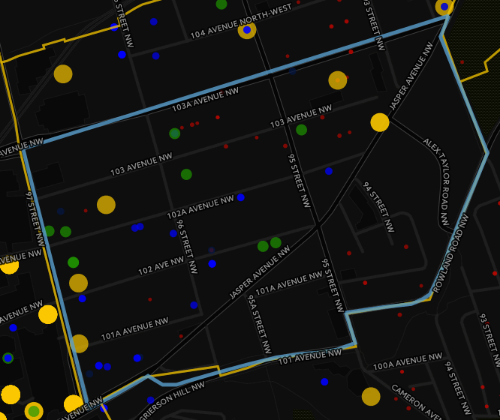
From Matthew Dance’s Blog. His caption reads: Figure 5: The Quarter’s Boundary. Small red dots are residences (apartments, condos, houses) and associated structures (detached garages, sheds, etc). Blue are engineering (infrastructure maintenance, utilities, hoarding, etc). Green are various retail, restaurants and bars. Yellow are offices.
It doesn’t seem like a lot- just a few dots on a map – but the changes mapped here are profound, and will continue to be felt for many years to come.
What the future holds (other than a gaping hole or two as developers back out of plans for the area) is anyone’s guess at this point, regardless of the intent of various stakeholders.
I worry for our city, for the people in it who have so much at stake and so little voice or power in the face of these shifts.
And I worry for the fragile history of this place as it disappears.
-sydney
A view of the current ‘revitalization’ in the Boyle/Downtown East/Quarters area … we had some great brick buildings on 96 street, once upon a time …
Another reminder of how much, and (relatively) how fast this city changes, and the relative losses and gains we collectively face.
The Rossdale power plant looked very different in the first half of the 2oth century. As you will see below, it changed to a more familiar appearance in the 1930s. Read more about its history here.

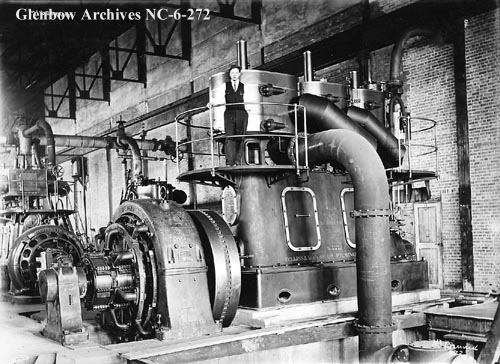
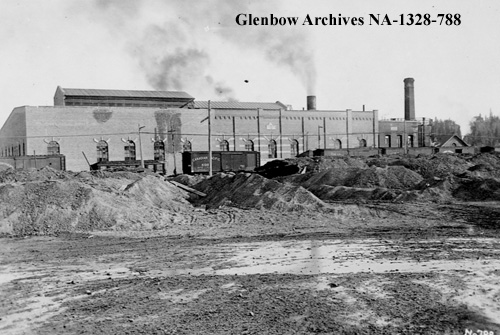
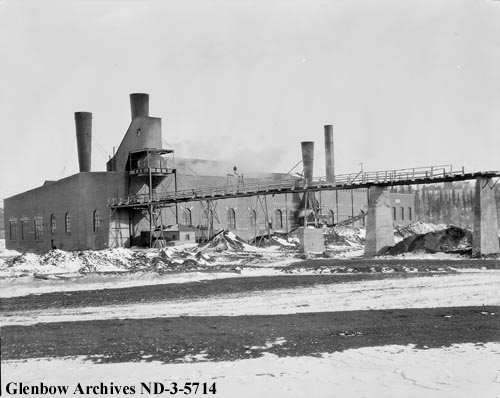

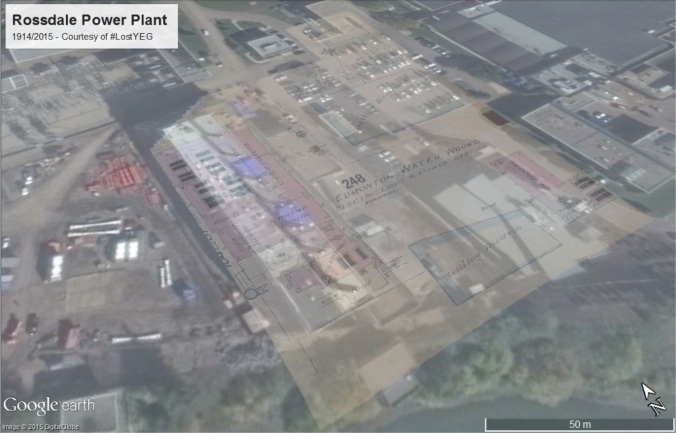
…
I’ve been thinking a great deal about creative solutions lately. Obviously, this is something that I “do” – it’s a big part of my job as an artist, logically enough. But it’s also a way of seeing the world in a larger sense, a way of doing things that some people embrace as a means to face difficult things.
I find it overwhelming sometimes: How granular and complicated real solutions to real problems in communities are. There are so many things that need changing, and so many points of intersection between “issues” that sometimes teasing it all out feels like dealing with a huge knitting mistake. Too many dropped stitches already – too much lost/erased/silenced. Too hard to make community voices have an impact (more than lip service).
So, it was both appropriate and fortuitous that I came across this op-ed piece in the New York Times, written by two-time Bogotà mayor Antanas Mokus. I was delighted by his approach to complex problems – problems that many saw as insurmountable. It’s definitely worth a read in its entirety, and it’s good food for thought for our city. For all cities. The problems may be different, but doing things the way they’e always been done, or because a report backed up with statistics said it was a good idea, or the the latest study concluded things were most cost-effective if done in a certain way … isn’t necessarily the way to do things. I’m not suggesting for a minute that research and information gathering should’t be the starting point for any change – it’s the root of understanding what you have to tackle in many respects.
But.
The solutions offered by more conventional linear approaches are the “usual suspects” … and while they all have elements that can be very useful for finding solutions to a wide range of urban issues, they very often miss crucial, creative solutions that make success a little more likely.
Things like: humour.
Things like: understanding that positive changes that last develop organically from within communities, and incorporate the diverse voices and character of that unique place.
Things like: measuring the cost of a project in dollars and cents and eventual profit ignores the value of built history and lived heritage, and can devastate (and erase) the unique fabric of entire communities. There are costs far more dear than building materials and infrastructure; the human relationship to the built landscape once removed, cannot be replaced.
Things like: tackling small(ish) things sequentially builds capacity in communities. Often, taking on something that is simple, that local people feel is achievable, and that they can control is the key to getting transforming a place for the better.
Concrete results empower people, and provide them with proof of their having a real, positive impact.
Mokus writes:
Things worked because people cooperated, and they did so because they were astonished at their own power. Hope that delivered results generated more hope.
When I look at what The Drawing Room is doing,


what Quarters Arts is doing
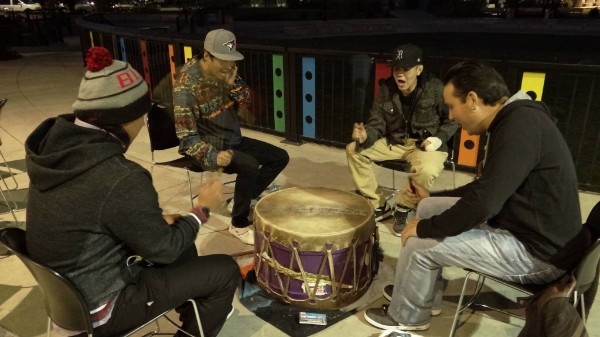
photo credits: Lori Gawryluik, Jaqueline Stelfox Ohm, Ester Malzahn
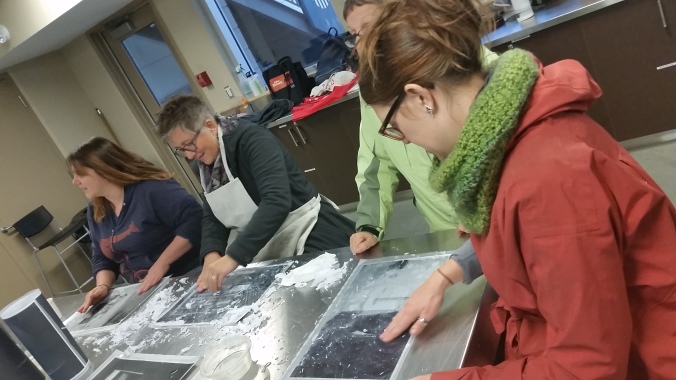


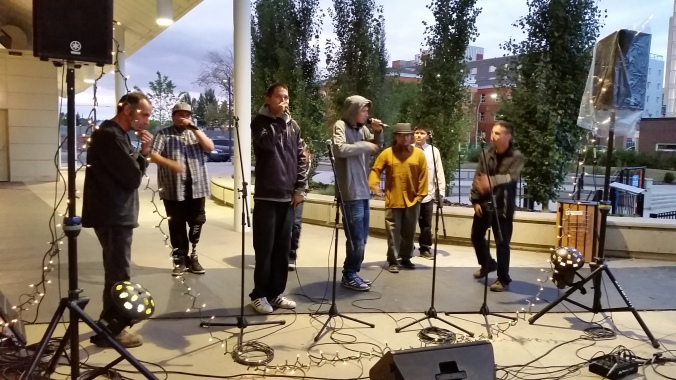
… I see ‘unusual suspects’ making changes that have impact. These are entities that have grown organically out of the community, that have grown roots and are weaving themselves into the evolving fabric of the neighbourhood. That give me some hope …
But.
The York, and many other buildings that made up the original streetscape in Boyle Street are long gone; spaces like The Artery and Local Gifts have been caught up in the push for (some good) changes in the city for various reasons, not the least of which has been taking the simplest approach – if it’s in the way, get rid of it – regardless of the value beyond dollars and cents.
Many other buildings throughout the city have suffered, or will suffer, the same fate.
Many stand empty, and run the risk of being lost through inaction and neglect – and those empty and disused space are absences – they embody loss and are wounds in what could otherwise be community-occupied, living space.
Are these spaces and places worth losing, when with them we lose entire chunks of Edmonton’s history? We’re a young city in a young province – but that doesn’t mean we don’t have a built heritage worth saving.
Not a cost-effective way for developers to work. Too much trouble, takes too much time, too complicated to perform remediation on old buildings.
Not the most profitable way to go.
Doesn’t create a unified (homogeneous, modern, new, faceless, characterless, alienating) streetscape.
BUT.